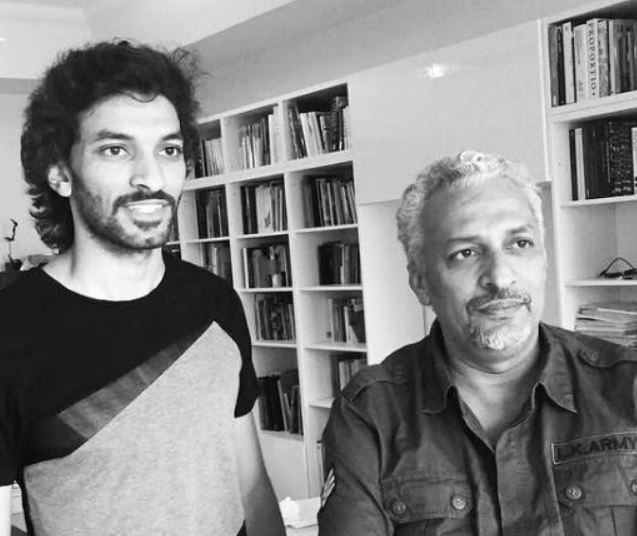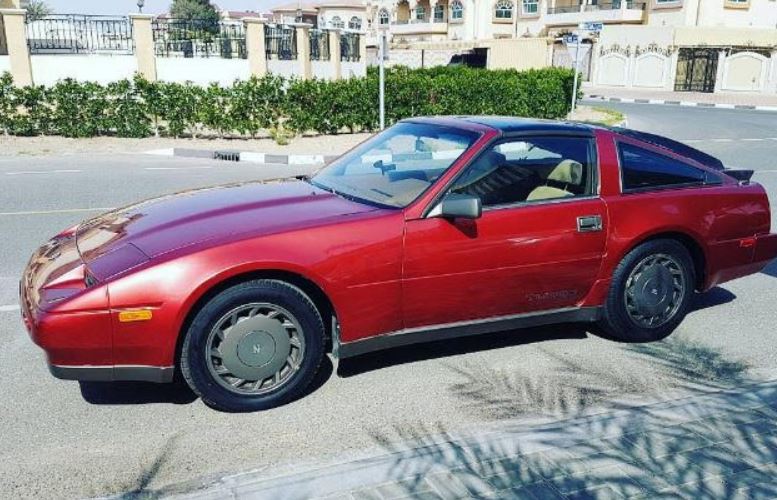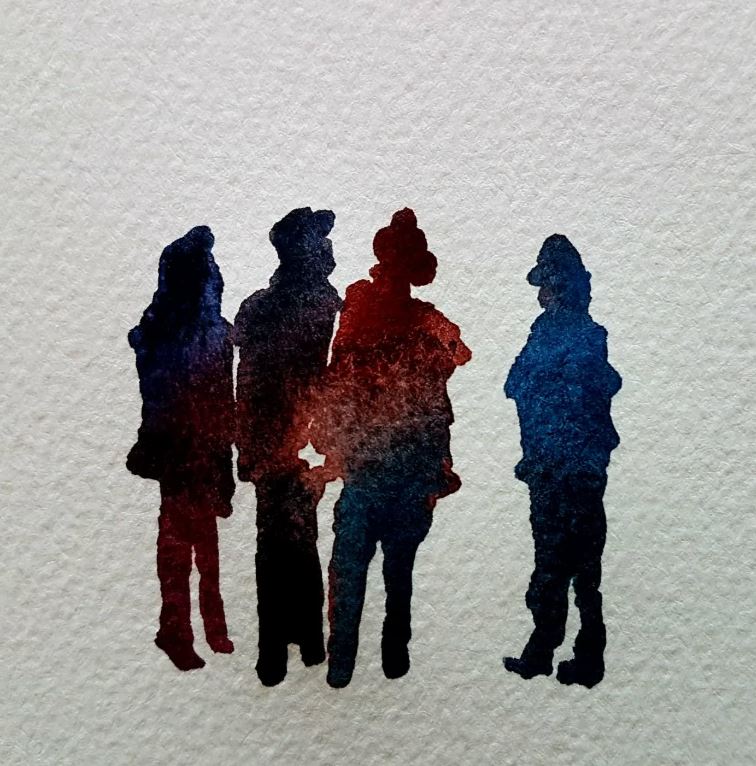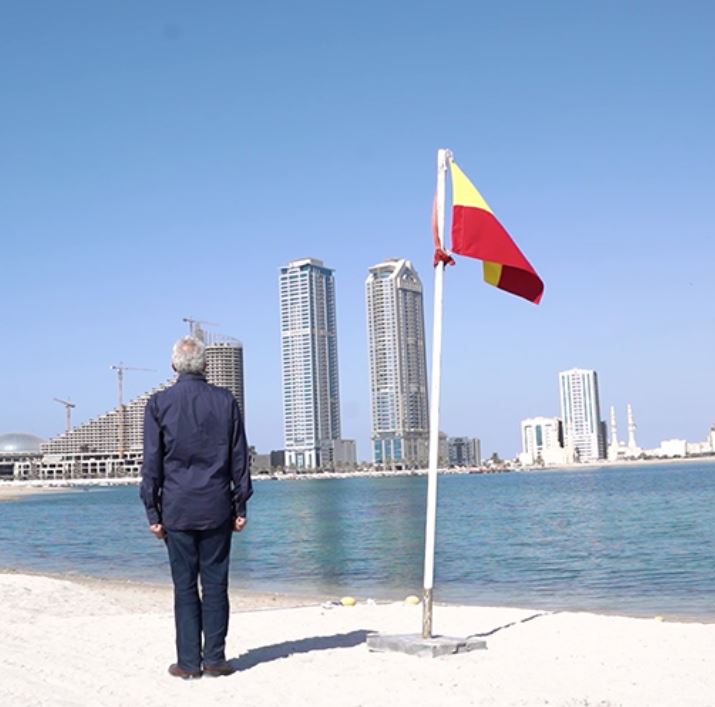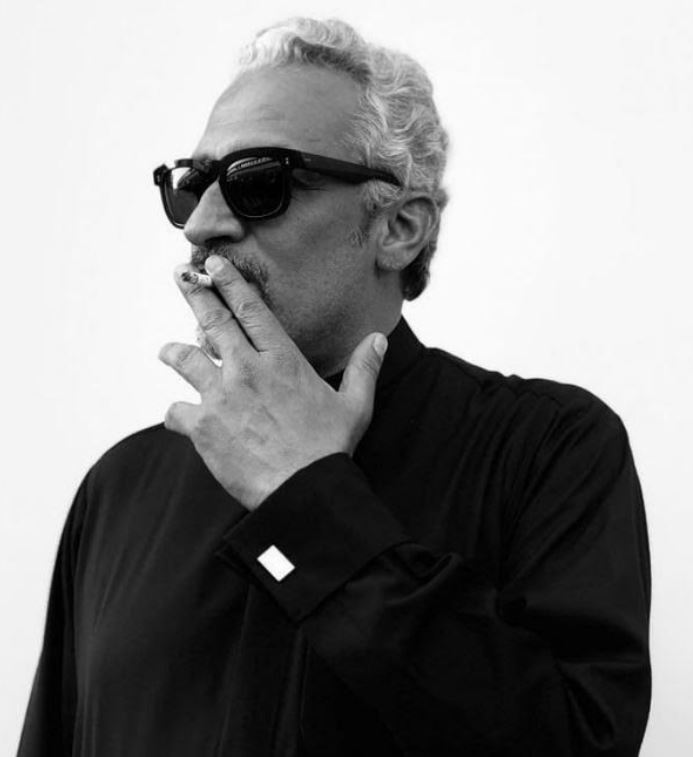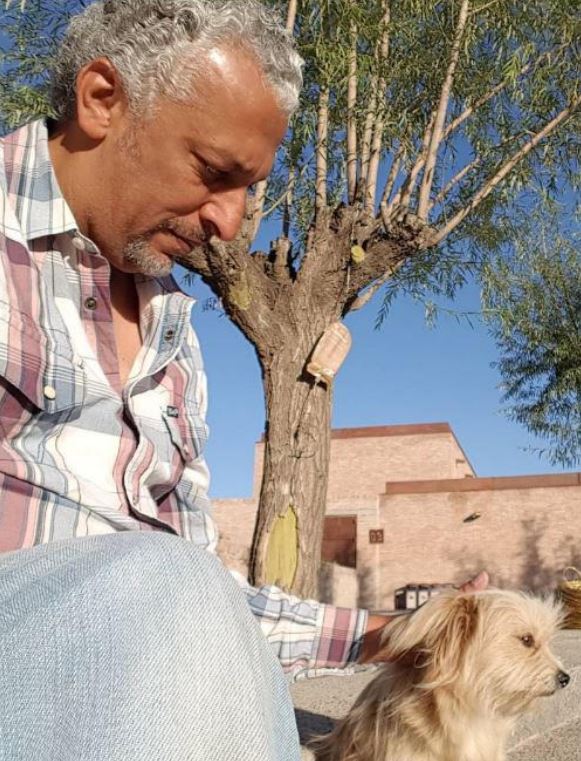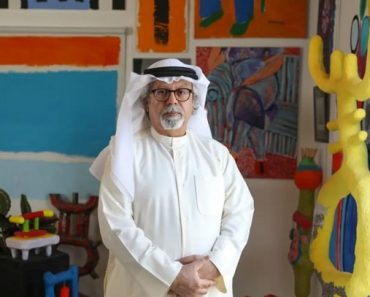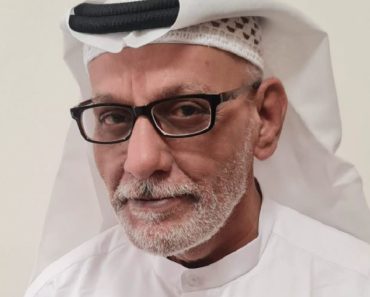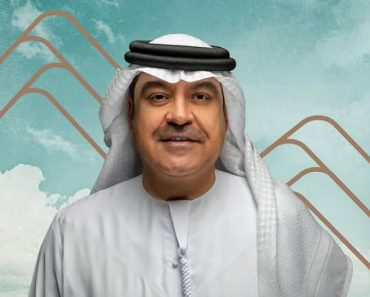Some Lesser Known Facts About Mohammed Kazem
- Mohammed Kazem grew up in Dubai, United Arab Emirates.
- When he was 14 years old, he decided to quit his studies and join the army.
- He loved to paint since childhood, and as a teenager, Kazem began painting to express himself. Soon, he began observing his surrounding environment and exploring new methods of art.
- As a child, Kazem often collected things in the street on his way home. He also used to make small drawings at school.
- He was also inclined towards music in childhood and took lessons in it.
- In 1984, his school’s director introduced him to Hassan Sharif, founder of Dubai Art Atelier, who later went on to become his mentor and friend.
- Highly influenced by Hassan Sharif’s work, Kazem began receiving training in painting from him. Hassan taught him to draw and explained him about Impressionism, Post-Impressionism, and contemporary Western art.
- Hassan Sharif also provided Kazem with books, where he discovered Cezanne, Monet, Picasso, and Matisse. As the books were in English, Hassan translated them into Arabic for Kazem.
- In 1987, he obtained a degree in painting from the Emirates Fine Arts Society, Sharhaj, UAE.
- In the same year, Hassan Sharif organised Kazem’s first solo show and photographed and documented most of his artwork.
- He also received training in music from the Al Rayat Music Institute, Dubai, UAE.
- Mohammed Kazem’s body of work includes video, sound art, photography, found objects and performance art.
- He is best known for his conceptual work Directions (2005-2013) and Autobiography (1997–present).
- His work has been displayed in many private and public collections, including British Museum, London, Guggenheim Abu Dhabi and New York, Mathaf: Arab Museum of Modern Art in Doha, Qatar, The Sharjah Art Museum, Sharjah, UAE, Barjeel Art Foundation, Sharjah, UAE, Sittard Art Center, Netherlands, JP Morgan Chase Collection, USA, Vehbi Koç Foundation, Istanbul, King Abdulaziz Centre for World Culture, Dhahran, and Deutsche Bank Collection, Germany.
- He has also participated in several group shows, including 21,39 Jeddah Arts (2020), Guggenheim Abu Dhabi (2017), Guggenheim New York (2016), the Yinchuan Biennale (2016), Sharjah Biennial (2015), Gwangju Museum of Art (2014), Fotofest Biennial in Houston (2014), Boghossian Foundation (2013), and Mori Art Museum (2012).
- Kazem is one of the five conceptual Emirati artists whose work was acknowledged as a group in the 2002 exhibition “5 UAE” at the Ludwig Museum, Aachen. The other artists of the group include Hassan Sharif, Hussain Sharif (brother of Hassan Sharif), Abdullah Al Saadi and Mohammed Ahmed Ibrahim.
- In 2013, Kazem represented the UAE’s National Pavilion at the Venice Biennale with an immersive video installation entitled Walking on Water, curated by Reem Fadda.
- In 2015, he displayed his works from the Tongue series at 1980 – Today: Exhibitions in the UAE, curated by Hoor Al Qasimi.
- In 2017, during his residency at Honolulu Biennial 2017- Shangri La, Museum of Islamic Art, Culture & Design, Mohammed Kazem developed an original artwork.
- He is one of the leading conceptual artists of the GCC (Gulf Cooperation Council) countries.
- His artwork captures the complex forces that affect the region, like globalisation, development, and other changes and also how these sudden changes impact people. His work also touches the global transformations in the social, political, and natural environments, and explores abstract ideas about the body, movement, space, and the natural elements.
- Kazem has completed his residencies at various institutions, including University of Cincinnati, Ohio (2018); Shangri La: A Museum of Islamic Art, Culture and Design, Honolulu (2017); Pepper House Residency, Kochi, India (2016); Maraya Art Centre’s Artist in Residence; Seoul Foundation for Arts and Culture, Seoul Art Space, Geumcheon (2016); ArteEast Watermill Residency, Long Island, New York (2014); and Artist in Residence, Bodh Gaya, Bihar, India (2011).
- In his photographic series entitled Photographs with Flags (Dubai, 1997/2003), Kazem stands with his back to the viewer in an open expanse next to colored flags. In the artwork, the flag does not represent the country but indicates about the future development in the area.
- Since 1990, Mohammed Kazem has created visual representations of sounds by scratching and cutting paper with scissors. His series Scratches on Paper includes works of different sizes, from small sheets to long scrolls, and these pieces show the effort and movement behind sounds, even though they are silent.
- In the beginning of his career, Kazem was influenced by European artists. In an interview, while talking about it, he said,
Early on in my career, I was struck by the morphological work of impressionists like Monet. I also greatly admired the design work of the great French, Italian and German artists. Then I evolved. I focused on the formal elements of the painting.”
- Mohammed Kazem’s work often uses simple shapes or ideas that are repeated in repeating formats.
- While Kazem was in his twenties, he had an experience that left a profound impact on his artistic career. Kazem went fishing with his friends and slipped overboard. Unfortunately, no one noticed him fall. At that time, one of his friends had a GPS with him, and he used it to retrace the boat’s trip and eventually found Kazem. The incident instilled in him a fascination for GPS coordinates that he later used in his works.
- Several of his works, including his series Directions, have been informed by latitudes and longitudes.
- Kazem is an occasional smoker.
- He is often spotted consuming alcohol on various occasions.
- An animal lover, Mohammed Kazem, keeps sharing his pictures with animals on social media platforms.
- He loves to cook food in his leisure time. In an interview, while talking about the same, Kazem said, “I love playing with spices. I also cook a lot with chili peppers.”

Meticulous proofreader with a keen eye for grammar, punctuation, and clarity. Committed to polishing content to perfection and maintaining a professional tone throughout.


